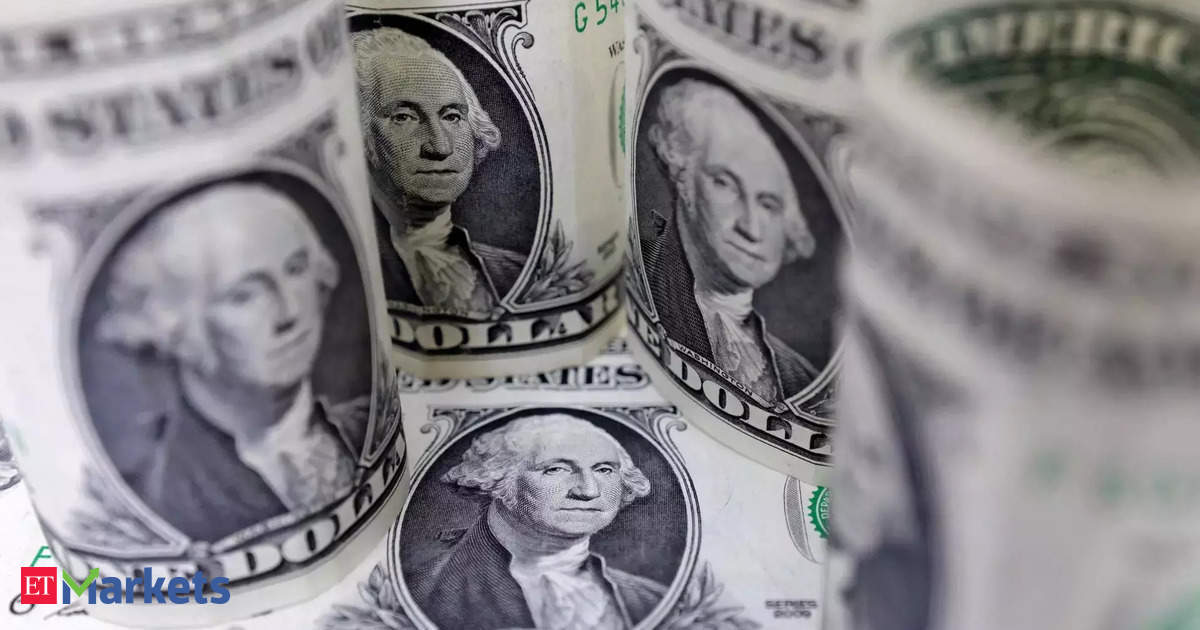Dollar ascendant as surging US yields spur demand for safe havens
The rout has spooked investors, with globally sliding sharply this week, spurring a rush to the safest assets.
The , which measures the currency against six major peers, including the euro, sterling and the Japanese yen, reached the highest since May 14 at 105.15 on Thursday, following a 0.5% advance in the prior session.
The euro slipped to $1.0796 for the first time since May 14, and sterling sank to $1.2696, continuing its retreat after reaching $1.2801 on Tuesday for the first time since March 21.
The yen, however, climbed off a four-week low of 157.715 per dollar from overnight to last trade at 157.505.
Japan's currency has been marching steadily lower this month, heading back toward the 34-year trough of 160.245 from a month ago, which spurred a rapid rebound that market players strongly suspect to have been two rounds of dollar-selling intervention by the and .
Expectations for interest rate cuts this year have been pared back amid signs of sticky , most recently with a surprise uptick in consumer sentiment in data on Tuesday.
Revised U.S. GDP figures are due later in the day, followed on Friday by the main macro event of this week, the release of the Personal Consumption Expenditures (PCE) price index - the Fed's preferred measure of inflation.
"The deepening rout in the U.S. bond market is fast becoming the BOJ's worst nightmare, necessitating hurried consideration about the appropriate level to intervene for a third time this year," Tony Sycamore, senior analyst at , wrote in a report.
"The bond market bogey is well-positioned to wrest deeper control of the broader market, particularly if upcoming growth and inflation data are on the firmer side of the ledger."
Source: Forex-Markets-Economic Times
